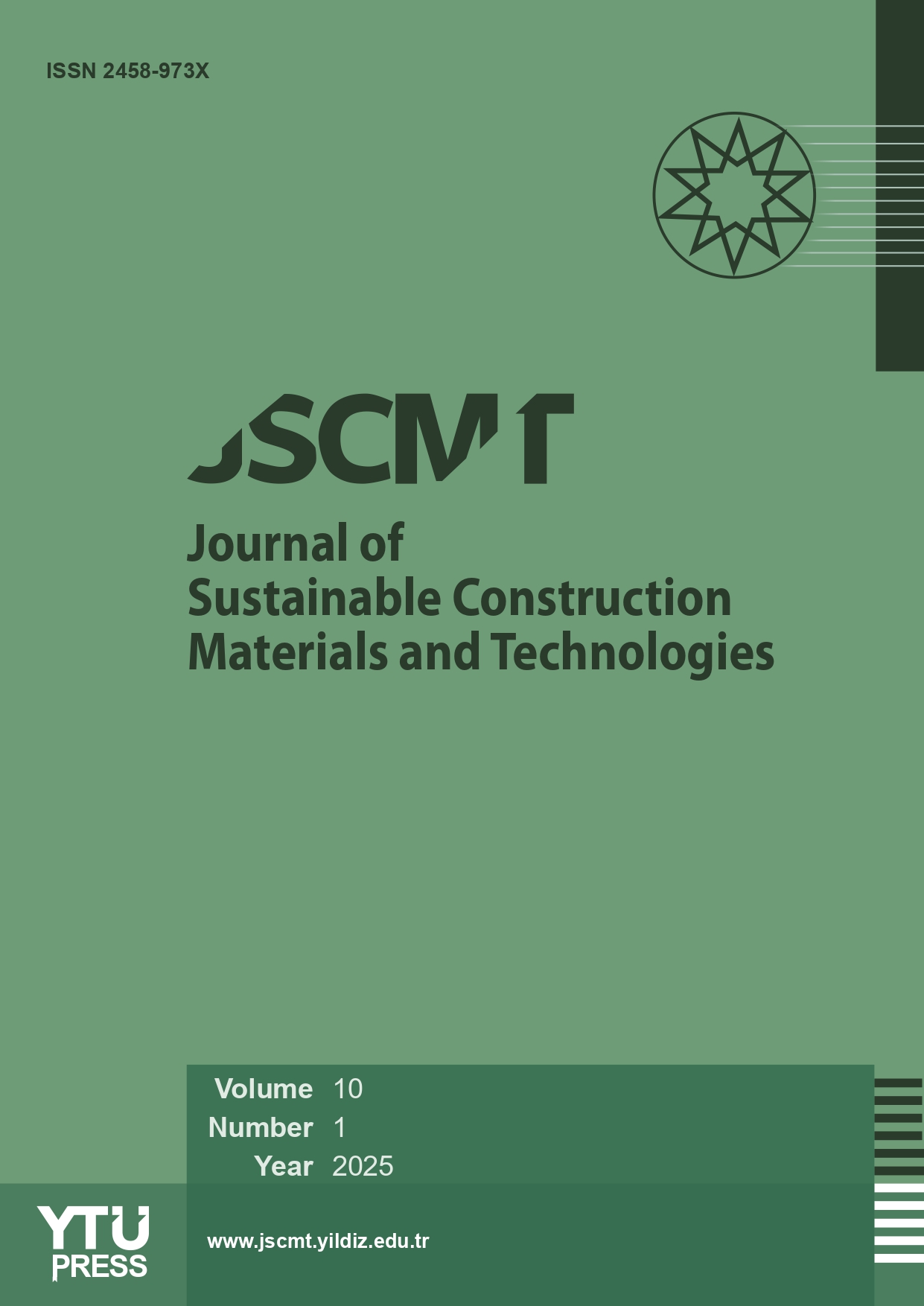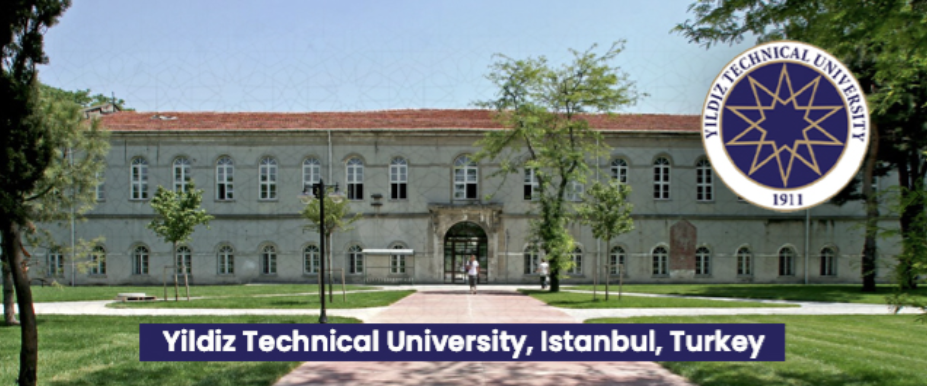2Department of Architecture, Tekirdağ Namık Kemal University, Faculty of Fine Arts, Design and Architecture, Tekirdağ, Turkey
3Department of Industrial Productions Design, Tekirdağ Namık Kemal University, Çorlu Vocational School, Tekirdağ, Turkey
Abstract
Çorlu municipality building was built in 1984, by famous architects Maruf Önal and Hakkı Önel through modern architecture signs in Turkey. It was designed with a modest and rational approach, with meticulous construction, although it is a public building in line with a modern style. In terms of location, the municipality building was built in front of today's Cumhuriyet square, between the Kumyol Street and Omurtak Street, in the period when Salih Omurtak
Street was just opened, during the years when the construction in Çorlu was not concentrated yet. In the project area, it was decided to demolish the Sücaettin primary school building built in 1936 and the old reinforced concrete baths and cisterns belonging to the Çorlu municipality and replace them with the municipal structure, and they were placed in this area with the square in front of the municipality building. Around the building; the Military Hospital,
the Officer's Club and the 5th Corps Command buildings were located which were built in the 1930s. The aim of the study is to preserve the building and to sustain its life longer by questioning constructional building systems. Therefore the target is to preserve the function of the building with the original architectural language and concept. To design a structural system that will increase the strength and similar characteristics of the existing structure to
the previous level. Creating the level determined analytical and experimental means within the framework of current regulations and to ensure that the performance of the building is at a level that will prevent wholesale collapse in an earthquake. Therefore the structural systems of buildings are to be rearranged according to new earthquake regulations.
















